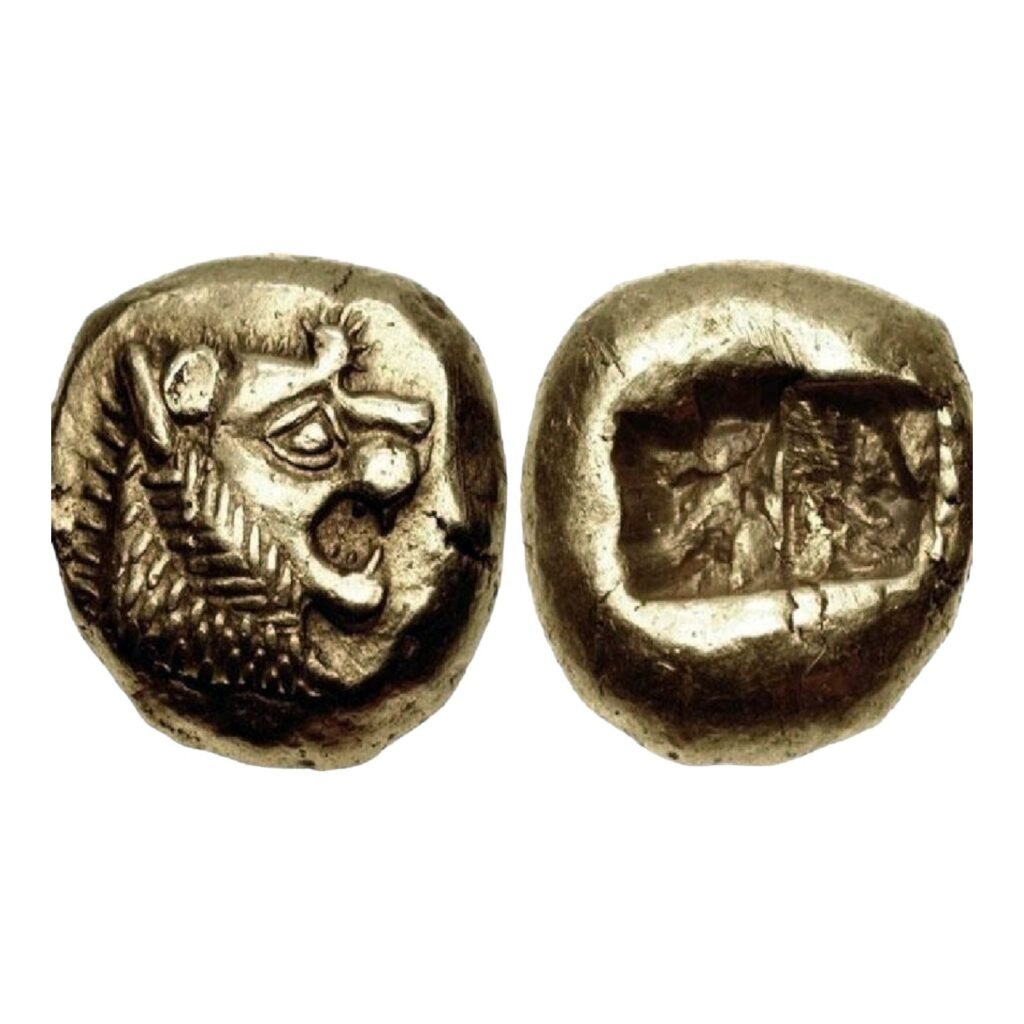Electrum Coins vs. Lydian Coins: A Comprehensive Comparison
Here is this article you gonna find aout the importance of Electrum Coins vs Lydian Coins. Coins have played a pivotal role in shaping economies and trade throughout history. Among the earliest examples are electrum coins and Lydian coins.

These ancient coins are not only fascinating from a historical perspective but also mark key advancements in the development of currency. In this article, we will explore their origins, characteristics, uses, and differences to understand their significance in economic history.
What Are Electrum Coins?
Electrum coins are among the oldest known coins, made from a naturally occurring alloy of gold and silver, often with traces of copper and other metals.
Key Features of Electrum Coins
- Material Composition:
Composed of approximately 40-55% gold, 20-40% silver, and other trace metals.
- Origins:
First used around 600 BCE in the region of Lydia (modern-day Turkey).
- Durability:
The alloy provided a robust and wear-resistant currency, suitable for circulation.
- Design:
Early electrum coins had simple designs, often featuring symbolic images like lions, bulls, or geometric patterns.
What Are Lydian Coins?
Lydian coins, often regarded as the first standardized coins, were created in the ancient kingdom of Lydia under the reign of King Alyattes and his successor, Croesus.
Key Features of Lydian Coins
- Material Composition:
Initially made of electrum but later transitioned to separate gold and silver coins for greater standardization.
- Standardization:
Lydian coins were among the first to have consistent weight and purity, laying the foundation for modern monetary systems.
- Design Evolution:
Featured more intricate designs, including symbols of Lydian royalty, such as lions or inscriptions.
Historical Context and Significance
Electrum Coins in History
Electrum coins were the first step in transitioning from barter systems to monetary economies. They were primarily used for trade in the Mediterranean and the Near East. Their intrinsic value depended on the metal composition, making them a flexible yet complex medium of exchange.
Lydian Coins in History
Lydian coins marked a leap in monetary innovation with their standardized weights and purity. Under King Croesus, Lydia introduced separate gold and silver coins, which were easier to value and trade. This innovation influenced subsequent coinage systems in Greece, Persia, and beyond.
Comparison of Electrum Coins vs Lydian Coins
Advantages and Disadvantages
Electrum Coins
Advantages:
- Durable due to alloy composition.
- High intrinsic value.
Disadvantages:
- Complex valuation due to fluctuating gold-silver ratios.
- Limited standardization hindered widespread acceptance.
Lydian Coins
Advantages:
- Standardized weight and purity simplified trade.
- Symbolic designs added legitimacy and recognition.
Disadvantages:
- Initial reliance on electrum had similar valuation challenges.
- Transitioning to separate gold and silver coins required advanced minting processes.
Impact on Modern Coinage
Both Electrum Coins vs Lydian coins laid the groundwork for modern monetary systems:
- Standardization:
Lydian coins pioneered the concept of standardized weights and purity, which is fundamental to today’s currencies.
- Minting Techniques:
Innovations in coin production during these periods influenced later civilizations.
- Symbolism:
The use of symbols and inscriptions to signify authority is still prevalent in modern currencies.
Cultural and Economic Influence
The introduction of coins by Lydia and the use of electrum coins revolutionized trade by:
- Reducing reliance on barter systems.
- Enabling larger-scale trade networks.
- Establishing trust in a unified medium of exchange.
Conclusion
The development of electrum and Lydian coins marks a significant chapter in economic history. Electrum coins represent the inception of coinage, while Lydian coins showcase advancements in standardization and usability. Together, they highlight the evolution of currency from rudimentary beginnings to sophisticated systems that shaped ancient and modern economies.
By studying these coins, we gain insights into the ingenuity of ancient civilizations and their contributions to global commerce, making them a fascinating topic for historians, economists, and numismatists alike.
Leave a Reply